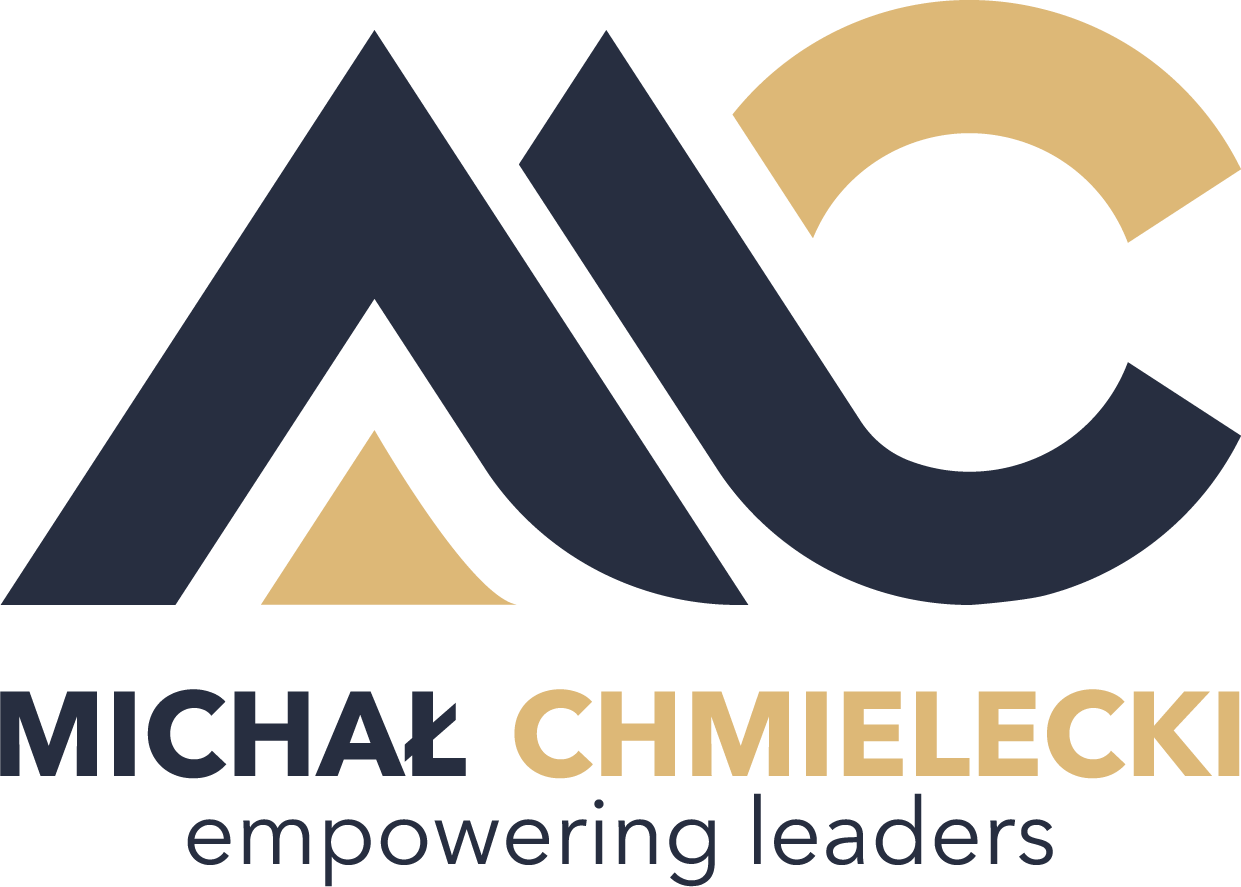Capabilities are the skills, behaviors, and competencies that allow strategy to become reality.
They are the “muscles” organizations build to move faster, learn deeper, and adapt more confidently.
While mindset creates possibility, capabilities create performance.
Why Capabilities Are the New Competitive Currency
Technology changes. Markets shift.
But capabilities — once developed — continue to generate value.
Reinventive organizations understand:
Strategy without skill is just aspiration.
Tools without capability create dependency.
Culture without competence stalls at belief.
Capabilities compound over time.
The more employees learn, the more the organization can do — and the faster it can evolve.
The Anatomy of Adaptive Capabilities
Organizations that reinvent themselves focus on building capabilities that are:
✅ Transferable across contexts
✅ Developable through practice
✅ Scalable across teams
✅ Measurable in performance impact
Examples include:
Complex problem-solving
Emotional intelligence
Difficult decision-making
Negotiation and conflict navigation
Cross-functional collaboration
These skills enable agility — not just at the individual level, but system-wide.
1. Capabilities Must Be Practiced, Not Presented
Learning is not consumption.
Reinventive organizations move away from passive training toward experiential learning:
Simulations
Role play
Peer sparring
Scenario analysis
One practical example is applying structured workshop-based negotiation practice to embed influence, listening, and conflict resolution into everyday behaviors.
Learn more about this approach:
https://www.michalchmielecki.com/negotiation-workshops
These formats build muscle memory, not just knowledge.
2. Capabilities Spread Through Social Learning
Capabilities scale faster when connected through community:
Peer learning circles
Communities of practice
Collaborative retrospectives
Social learning turns individual skill into collective advantage.
Employees learn from each other’s experiences, mistakes, and breakthroughs — accelerating adaptation across the organization.
3. Capabilities Require Psychological Safety
You can’t build new capabilities if you’re afraid to look unprepared.
Organizations that reinvent endlessly:
Reward experimentation
Normalize skill gaps as learning opportunities
Celebrate vulnerability in development
People grow when they’re safe enough to stretch.
4. Investing in Practical Skill Environments
Traditional training often fails because it’s divorced from reality.
Reinventive organizations invest in practice environments where employees can rehearse real challenges without real consequences.
Structured programs — including facilitated negotiation sessions — help employees internalize critical skills that influence performance across deals, partnerships, and internal alignment.
Explore delivery formats here:
https://www.michalchmielecki.com/negotiation-workshops
These environments turn theory into capability.
5. Capabilities Become Strategy Accelerators
When a critical mass of people share upgraded capabilities:
Decisions improve
Conflict becomes constructive
Innovation speeds up
Alignment strengthens
Execution sharpens
Capabilities create the conditions in which strategy can succeed.
Without them, even the best vision becomes stuck in PowerPoint limbo.
6. Compound Capabilities Create Cultural Momentum
When employees see growth around them, they are inspired to grow themselves.
This creates:
Positive pressure
Shared language
Higher standards
Increasing confidence
Faster cycles of reinvention
The organization becomes a learning flywheel — faster with every turn.
Capability as Competitive Defense
Competitors can copy:
Your products
Your pricing
Your models
But they cannot easily replicate a workforce with advanced negotiation skill, emotional intelligence, and adaptive thinking.
Capabilities become defensive moats.
The Strategic Payoff
Organizations with compounding capabilities enjoy:
Higher agility
Teams pivot with skill, not panic.
Stronger collaboration
Conflict becomes innovation, not friction.
Better decision velocity
More confidence, less consensus paralysis.
Talent magnetism
People want to work where potential becomes performance.
Building Capabilities That Compound
To operationalize capability growth, reinventive organizations:
Diagnose skill gaps early
Invest in experiential learning
Build communities of practice
Reinforce with coaching and reflection
Measure improvement over time
Capability is not a workshop — it is a system.
Conclusion: Reinvention Lives in Capability
Culture opens the door.
Mindset steps through it.
Architecture supports the journey.
But capability is what moves the organization forward — day after day.
Organizations that invest in the right capabilities now will reinvent faster and more confidently than those who rely on structure or culture alone.
Reinvention is not an idea.
It is a skill.
And skills can be taught, practiced, and multiplied.
